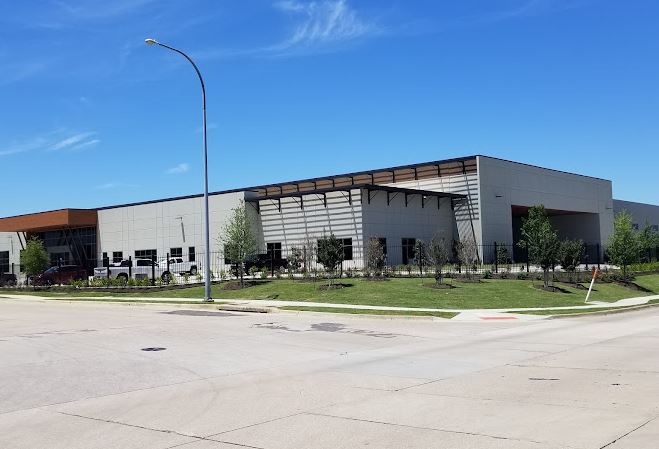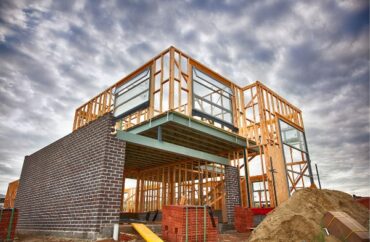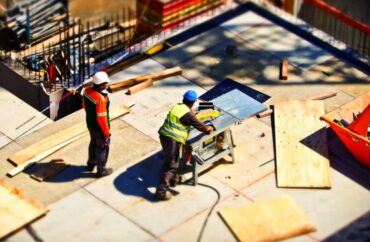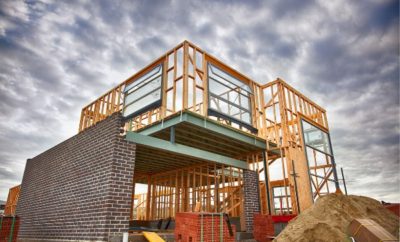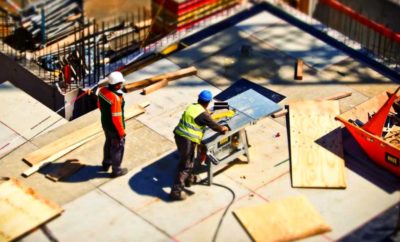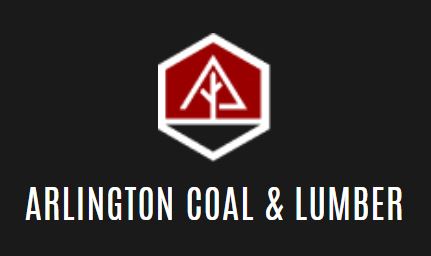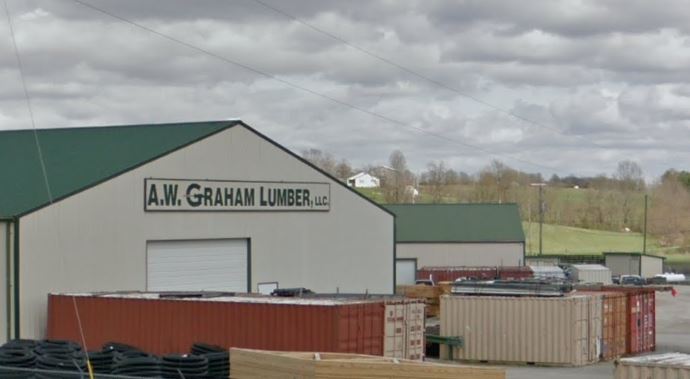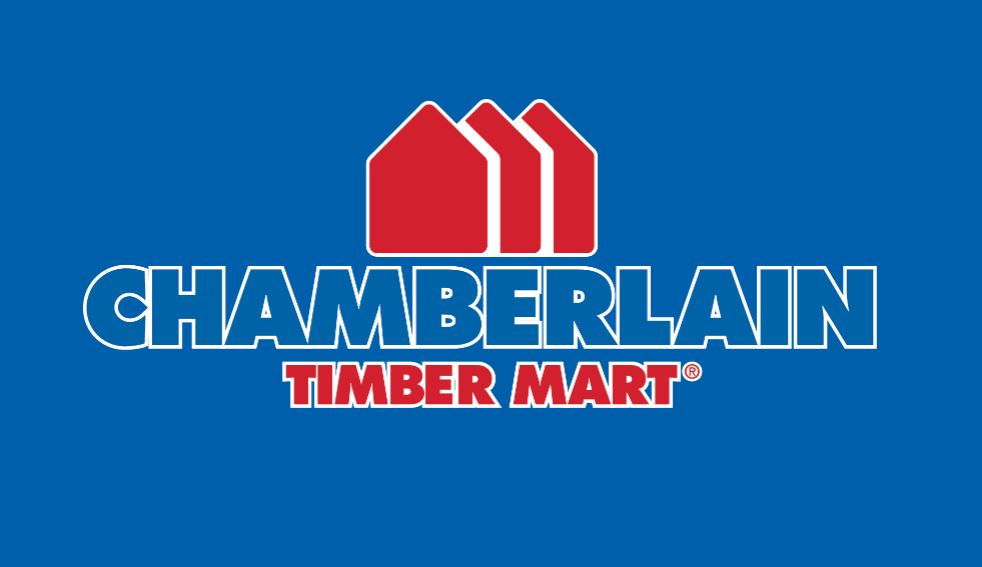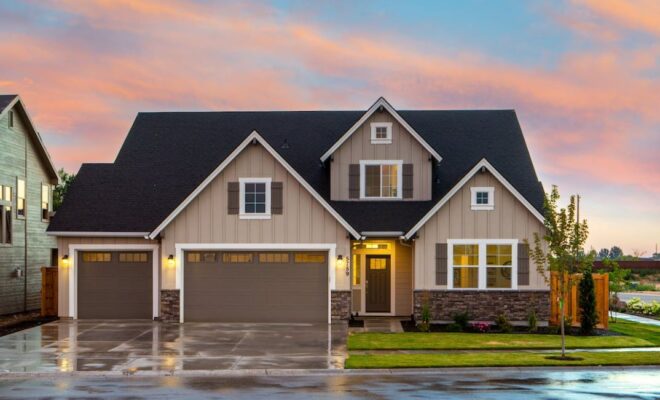
NAR: November’s Existing-Home Sales fell 7.7%
According to the National Association of REALTORS, existing-home sales fell for the ninth consecutive month in November.
All four major U.S. regions experienced month-over-month and year-over-year reductions.
Total existing-home sales, which include single-family homes, townhomes, condominiums, and co-ops, fell 7.7% from October to a seasonally adjusted annual pace of 4.09 million in November.
Sales fell 35.4% year on year (down from 6.33 million in November 2021).
“In essence, the residential real estate market was frozen in November, resembling the sales activity seen during the COVID-19 economic lockdowns in 2020,” NAR Chief Economist Lawrence Yun stated.
“The principal factor was the rapid increase in mortgage rates, which hurt housing affordability and reduced incentives for homeowners to list their homes. Plus, available housing inventory remains near historic lows.”
Total housing inventory2 was 1.14 million units at the end of November, down 6.6% from October but up 2.7% from a year ago (1.11 million). At the current sales rate, unsold inventory has a 3.3-month supply, the same as in October, but up from 2.1 months in November 2021.
The median existing-home price3 for all property types in November was $370,700, up 3.5% from November 2021 ($358,200), with prices rising across the board. This is the longest-running streak of year-over-year gains on record, at 129 months.
Properties stayed on the market for an average of 24 days in November, up from 21 days in October and 18 days in November 2021. In November 2022, 61% of homes sold were on the market for less than a month.
First-time purchasers accounted for 28% of November purchases, which was unchanged from October but up from 26% in November 2021.
According to the National Association of Realtors’ 2022 Profile of Home Purchasers and Sellers, released this month4, the annual share of first-time buyers was 26%, the lowest since NAR began recording the data.
In November, all-cash sales accounted for 26% of transactions, the same as in October and up from 24% in November 2021.
Individual investors or second-home purchasers, who account for a large proportion of cash transactions, acquired 14% of homes in November, down from 16% in October and 15% in November 2021.
Foreclosures and short sales accounted for 2% of transactions in November, nearly flat from the previous month and a year ago.
As of December 15, the 30-year fixed-rate mortgage (link is external) averaged 6.31%, according to Freddie Mac. This is a decrease from 6.33% last week, but an increase from 3.12% a year ago.
“The market may be thawing since mortgage rates have fallen for five straight weeks,” Yun continued.
“The average monthly mortgage payment is now almost $200 less than it was several weeks ago when interest rates reached their peak for this year.”
According to Realtor.com’s Market Trends Report(link is external) for November, the cities with the most year-over-year median list price growth were Milwaukee (+38.1%), Memphis (+26.9%), and Miami (+24.8%).
Phoenix saw the biggest increase (+28.4 percentage points) in the fraction of homes with lower costs compared to last year, followed by Austin (+23.8 percentage points) and Denver (+21.0 percentage points).
Single-family and Condo/Co-op Sales
Single-family home sales fell to a seasonally adjusted annual rate of 3.65 million in November, a 7.6% decrease from 3.95 million in October and a 35.2% decrease from the previous year.
In November, the typical existing single-family home price was $376,700, up 3.2% from November 2021.
Existing condominium and co-op sales totaled 440,000 units in November, an 8.3% decrease from October and a 37.1% decrease from the previous year.
In November, the typical existing condo price was $321,600, representing a 5.8% yearly increase.
“For most of this year, prospective home buyers have faced the dual challenges of elevated mortgage rates and limited housing inventory,” said NAR President Kenny Parcell, a REALTOR from Spanish Fork, Utah, and broker-owner of Equity Real Estate Utah.
“Consumers can rely on REALTORS to provide informed guidance on changing market conditions and trusted expertise throughout all steps of the home buying process.”
Regional Breakdown
- Northeast: Existing-home sales in the Northeast fell 7.0% from October to 530,000 in November, a 28.4% decline from November 2021. The median price in the Northeast was $394,700, up 3.5% from the previous year.
- Midwest: In November, existing-home sales in the Midwest fell 5.6% from the previous month to an annual rate of 1.02 million, a 30.6% decrease from the previous year. In the Midwest, the median price was $268,600, up 3.9% from November 2021.
- South: Existing-home sales in the South fell 7.1% from October to an annual rate of 1.84 million, a 35.0% decline from the previous year. In the South, the median price was $340,100, up 4.4% from this time last year.
- West: Existing-home sales in the West declined 12.5% from October to 700,000 in November, a 45.7% decrease from the previous year. In the West, the median price was $569,800, a 2.0% rise from November 2021.
“The West region experienced the largest decline in home sales and the smallest increase in home prices compared to the other regions of the country,” Yun said.
The National Association of REALTORS is the country’s biggest trade association, with over 1.5 million members working in all sectors of the residential and commercial real estate industry.
The term REALTOR is a recognized collective membership mark that distinguishes a real estate professional who belongs to the National Association of REALTORS and follows its stringent Code of Ethics.



